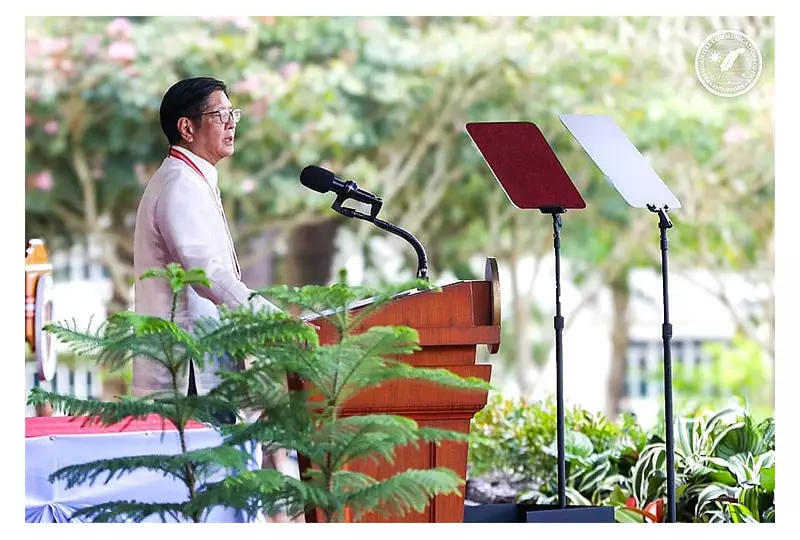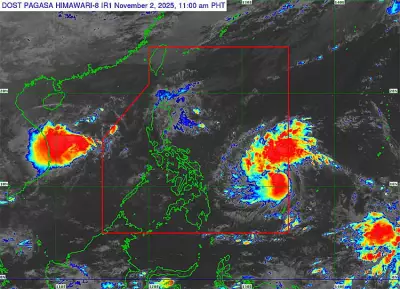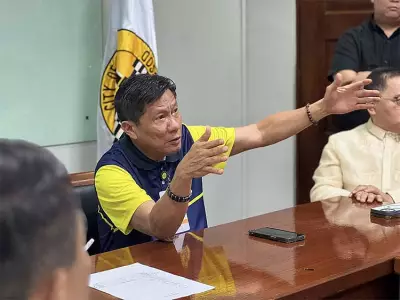
President Ferdinand Marcos Jr. has declared that the National Government will relocate households whose homes were destroyed in no-build zones following the devastating impact of Typhoon Tino across Cebu Province.
Government Response and Relief Efforts
During a post-disaster briefing held at the Capitol on Friday, November 7, 2025, President Marcos revealed that many affected families had been living along riverbanks, which experienced the most severe flooding and flash floods when the typhoon struck on Tuesday, November 4.
The relocation program will be coordinated with local government units to identify available land and safe housing sites for displaced families. Temporary shelters are currently being established while permanent relocation sites are being finalized.
The Department of Social Welfare and Development is leading immediate relief operations, including distribution of food, water and financial assistance. Families with partially damaged houses are receiving P5,000, while those with completely destroyed homes are getting P10,000 in assistance.
Casualties and Infrastructure Damage
The death toll from Typhoon Tino's onslaught has climbed to 144 according to ongoing search and retrieval operations across affected areas. Cebu Province alone recorded 113 deaths as of Friday, with Liloan reporting the highest number at 39 fatalities, followed by Compostela with 31.
More than 54,632 families, approximately 171,000 individuals from 39 LGUs, have been displaced and are currently staying in 1,061 evacuation centers across the province. The Provincial Disaster Risk Reduction and Management Office has placed the entire province under red alert.
Governor Pamela Baricuatro declared a state of calamity on Tuesday to facilitate quick response and aid delivery. Property damage is extensive, with over 5,000 houses either destroyed or damaged, particularly in Asturias, Tuburan, Sogod and Tudela.
Critical Infrastructure and Service Disruptions
Engineering teams from the Department of Public Works and Highways are inspecting damaged roads and bridges. President Marcos confirmed that two to three major road sections were found unsafe or severely eroded and may be closed for repairs.
Utility services remain severely compromised across the province. As of Thursday, November 6, only 36 percent of barangays under the Cebu Electric Cooperative II's coverage had electricity restored, with areas like Danao City, Sogod and Tabogon remaining in blackout.
The Metro Cebu Water District has restored 52 percent of its service capacity but continues to rely on generator sets for critical wellfields. Water interruptions persist in Danao City, Mandaue and San Francisco in Camotes.
Telecommunications have also been heavily affected, with no network signal in parts of Camotes Islands, Asturias and Tabogon. Hospitals and rural health units in several LGUs reported disruptions in electricity and communications, prompting urgent requests for generator sets, medicines and vaccines to preserve the cold chain.
President Marcos was accompanied by key cabinet officials including DPWH Secretary Vince Dizon, DSWD Secretary Rex Gatchalian, Department of Health Secretary Teodoro Herbosa and Department of Tourism Secretary Christina Frasco during his assessment of the damage.
The President expressed condolences to bereaved families and promised sustained national support, stating: "We will help them recover and get back on their feet. As long as the National Government is needed, we will be here. We are not leaving."





